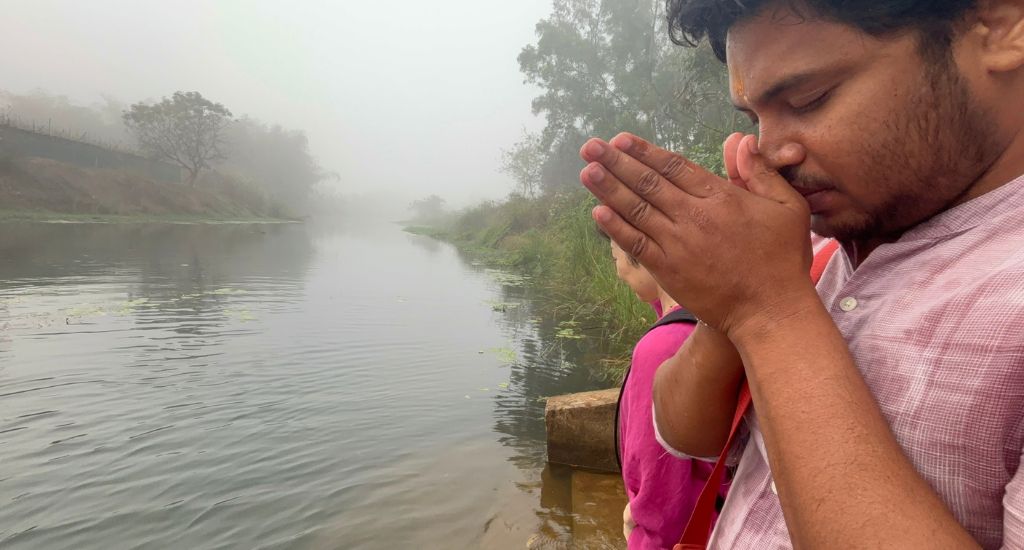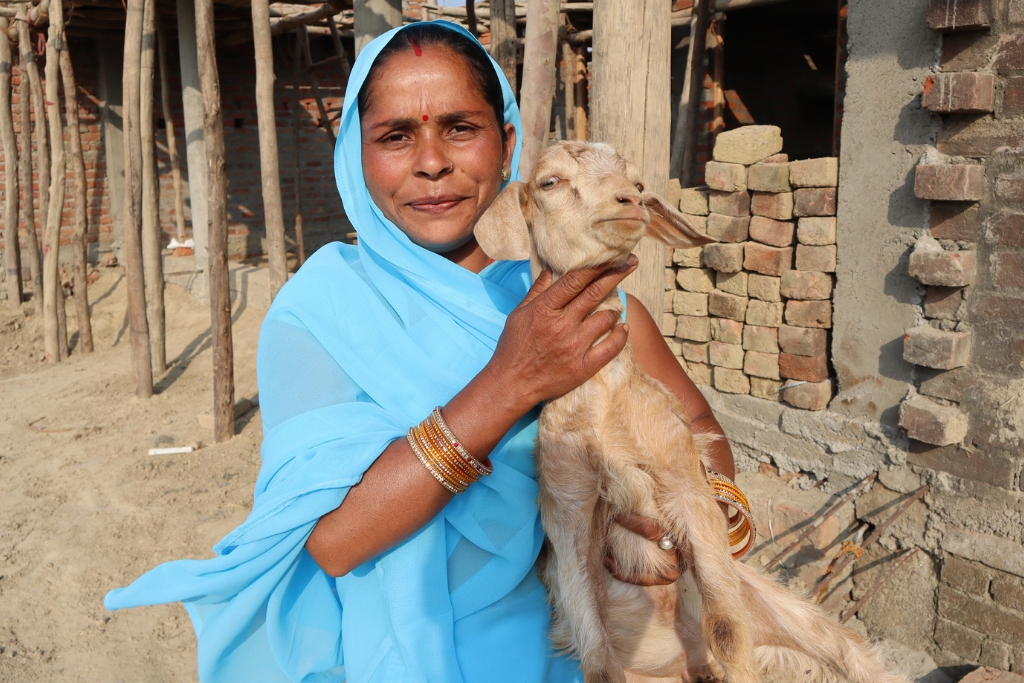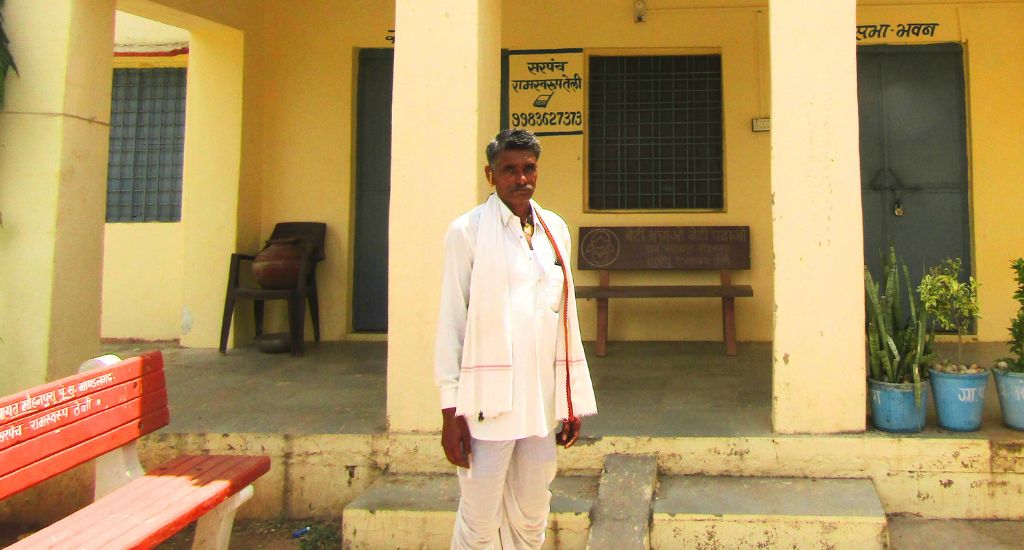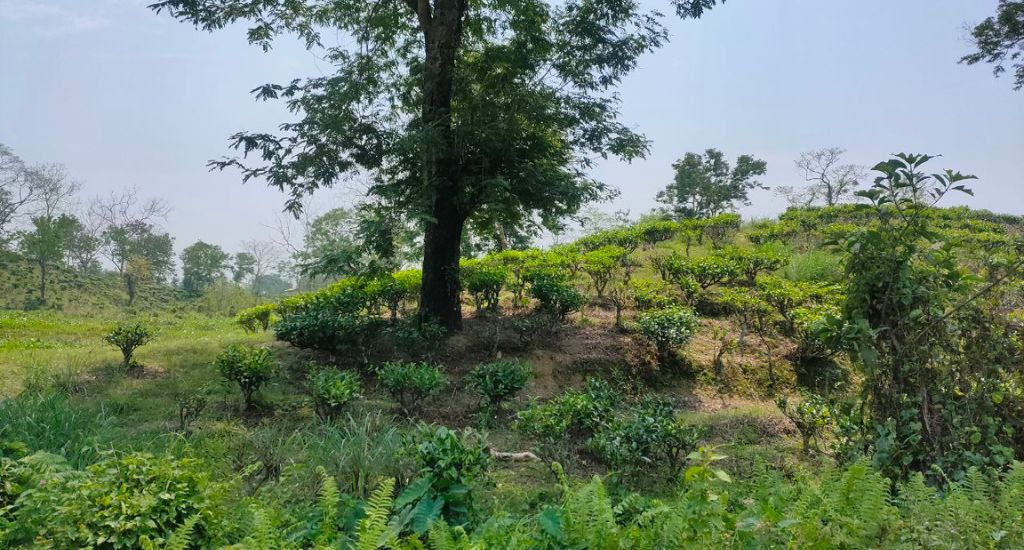Three generations of the Khatri family revive the bagh print
Sanjana Kaushik
Apr 12, 2024
Bagh, Madhya Pradesh
In a quaint town of Madhya Pradesh the Khatri family is responsible for putting the spotlight back on the ancient bagh-printing technique, something they have now introduced to a global audience.
Two hours from Indore stands the small town of Bagh where the art of bagh printing flourishes. At the forefront of preserving this ancient craft are Ismail Suleiman Khatri and his family.
His eldest grandson, Mohammed Bilal Khatri, has also demonstrated a level of dedication and skill that has not only kept the tradition alive but also earned the family well-deserved accolades. Their award-winning craftsmanship highlights the beauty of the bagh print, a technique that testifies to the timeless appeal of Indian textile art.
In 2017 Ismail’s son, Mohammed Yusuf Khatri, and grandson, Bilal, got the Shilp Guru Award (the highest award in handicrafts) and the National Award, for a bagh durry and bamboo chatai (mat), at New Delhi’s Vigyan Bhavan in 2017 and 2018 respectively.
The essence of bagh print
Bagh print is an art form that dates back to the 1960s when the Khatri community migrated to Bagh, in Madhya Pradesh, bringing with them their ancestral printing skills.
The process involves using hand-carved wooden blocks to print intricate designs on fabric. The uniqueness of the Bagh print lies in its use of natural dyes made from minerals, plants, and fruits, including alum and iron rust which are known for their vibrant pigments and longevity.
Also Read: Arecanut goes from yucky paan stains to dandy dye
The fabric, pre-treated with a blend of castor oil and goat dung, undergoes a series of washes before being printed and sun-dried, resulting in exquisite patterns that reflect India’s floral and faunal diversity.
Giving the bagh print a touch of modernity
Ismail Suleiman Khatri, a master craftsman, has been instrumental in revitalising the bagh printing technique. His relentless efforts to innovate while staying true to traditional methods have introduced the bagh print to a global audience.
Under his guidance, the craft has seen significant advancements, including the development of new patterns and the revival of ancient motifs once thought to be forgotten.
His grandson, Bilal, has followed in his footsteps, combining traditional knowledge with a modern aesthetic. Bilal’s work has played a crucial role in making the bagh print relevant to contemporary fashion, thereby ensuring its survival in today’s fast-paced world.
Together, they have transformed their family’s legacy into a symbol of artistic excellence, showcasing their creations in exhibitions and fashion shows around the globe. They were even present at a recent event organised in New Delhi – the Bharat Tex 2024.
Identifying an original bagh piece
Genuine bagh prints are characterised by their deep, naturally derived colours – predominantly red and black – obtained from vegetable dyes and minerals. The richness and depth of these hues are a hallmark of the traditional dyeing process, which involves multiple washes and uses natural substances like alum and iron.
Also Read: Weavers keep Bastar’s pata saree tradition alive
Another distinguishing feature is the intricacy and sharpness of the motifs. Original bagh prints showcase complex geometric patterns and motifs inspired by nature, including flowers, leaves, and vines, which are hand-stamped with wooden blocks with an extraordinary level of precision.
The irregularities in these designs, where no two prints are exactly alike, speak to their handmade nature, contrasting with the uniformity of machine-made replicas.
The texture and quality of the fabric itself can be indicative of authenticity. Traditional bagh prints are usually done on natural fabrics like cotton or silk, which undergo a pre-treatment process. This gives the fabric a unique feel that is hard to replicate industrially.
Additionally, the reverse side of the fabric often reveals the signs of block printing, with slight dye penetrations and imperfections that underscore the manual process.
True bagh prints never bleed colour after a wash, and the more you wash the garment, the more stable the colour becomes over time. Bagh sarees may cost Rs 1500 and upwards.
Bagh’s vibrant future
The contributions of the Khatris to the art of Bagh printing have not only earned them awards but have also ensured the craft’s continuity for future generations.
Their dedication serves as a milestone for preserving traditional arts, reminding us of the importance of cultural heritage in an ever-evolving world.
Also Read: MP artisans ‘wax’ eloquent through batik
Through their work, the Khatris have shown that traditional crafts can adapt and thrive, bridging the gap between the past and the present. As custodians of the bagh print, they inspire artisans and designers alike to explore the rich art of Indian textile traditions, ensuring that the legacy of this print endures.
Sanjana Kaushik is a Manager at Village Square.






